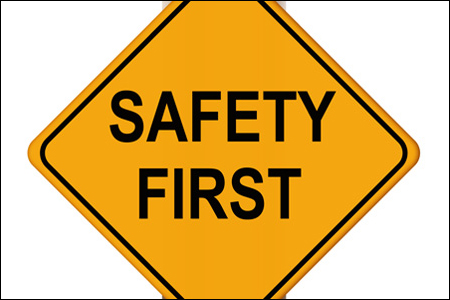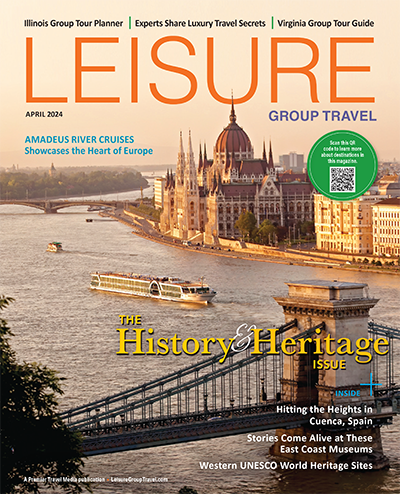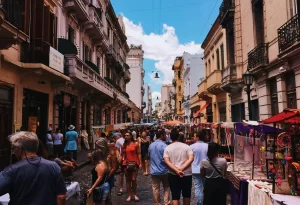Summer is a time for outdoor adventures that can take you to the highest peaks, the lowest valleys or from coast to coast. However, with adventure also comes the potential for danger, and when you’re out on the trail, on the peak, or alongside the road, there are certain safety items you should have with you. You’ll be sorry if you don’t. Here’s a look at what you should have in your safety kit.
What Draws You?
What type of adventure draws you? While some staple safety equipment is good for all kinds of adventures, many outdoor activities and adventures require special gear and safety measures. The staples all outdoor enthusiasts should consider are athletic tape, gauze bandages, small bandages, an antiseptic cream, and a sore muscle rub/cream for the end of the day.
For Road Trips
Safety kits for road trips are all about emergency preparedness. Road flares, bottled water, a spare tire, car jack, tire iron, and set of jumper cables are all essential before you hit the road. While these items should be with you in case of a breakdown, there are others that make your road trip safer. For instance, sunglasses are a must if you plan to spend hours on the road. Even on cloudy days, the glare from the sun can make you squint and even damage your eyes after long exposure. If you already have a frame you like, replacement lenses are an option as well.
Cycle Adventures
Downhill mountain bikes, road races or long-haul tours all require one thing at some point: a spare tube. Of course a sturdy helmet is a must, though for road rides the most consistent danger is traffic. This makes a bright headlight and flashing taillight crucial, even at daytime hours. Protect your person with a road crash kit, or make your own with some antiseptic ointment, wound dressing, surgical sponges, some stretch net burn gauze, and a few Band-Aids for smaller cuts and scrapes. While the hope is you’ll never need these items, you don’t want to be without them.
For the Trail
When you’re on the trail, the comfort of your feet is of the utmost importance. If you lack arch support, inserts may be essential for your next big hike. Of course the medical supplies you take depend on the type of hikes you enjoy and plan. For day hikes, a small first aid kit that can treat small cuts and abrasions is likely all you need, while a full summit attempt will require a much more thorough kit. Sunblock, lip balm and sunglasses or goggles are essential. A thick winter hat will also protect your ears and conserve a lot of body heat if you’re at a higher, cooler elevation. A reflective emergency blanket is also essential. You’ll appreciate having an anti-inflammatory and pain relief medication like Advil at the end of a long day of backpacking or hiking. Since you’ll be out in the elements, loperamide tablets are a wise choice for diarrhea symptoms, and an epinephrine device is important for severe allergic reactions you might discover on the trail.
While a thorough safety kit is essential for summer adventures, nothing is more important than a lifeline to the outside world. Make sure someone knows where you are at all times, and take a reliable smartphone with you when you go. If your adventures take you off the grid, consider a satellite phone. And there are safety considerations for women traveling on their own.
Above all, be prepared for anything. This checklist should get you off to a good start. For more advice on planning safe and fun group trips, subscribe to Leisure Group Travel.







